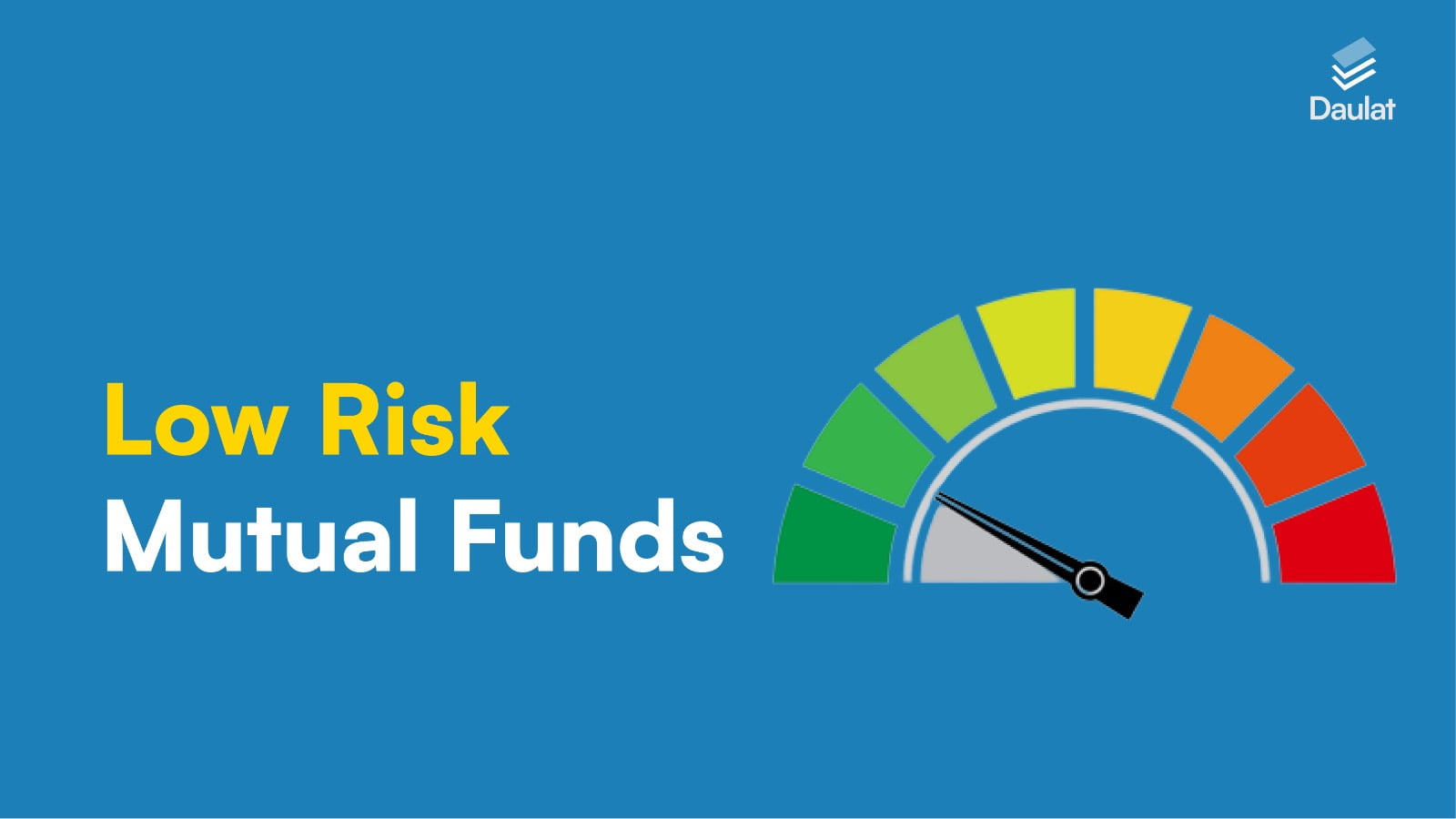Selecting a mutual fund for short-term objectives can pose a challenge, particularly when considering less frequently discussed funds like Low Risk Mutual Funds or Arbitrage Funds! Despite mutual funds having been introduced quite some time ago by investment companies, they have not gained as much popularity as one might expect. In this blog, we will explore the concept of these funds and evaluate whether they are a worthy addition to your capital.
What are Low Risk Mutual Funds?
Investing inherently involves risk, and every financial instrument carries a certain level of uncertainty, including banks that also have a chance of default. To mitigate risk exposure, especially for short-term goals, considering investments in ‘low-risk mutual funds’ can be a prudent choice.
Low risk mutual funds are investment funds that prioritize capital preservation and aim to provide stable returns with minimal exposure to market volatility. These funds primarily invest in debt securities, money market instruments, government bonds, and other fixed-income assets, which are considered less risky than equities or high-risk investments. The objective of low-risk mutual funds is to attract risk-averse investors who seek to grow their wealth steadily without taking significant market-related risks.
Features of Low-Risk Mutual Funds
Why Invest in Low-Risk Mutual FUnds Instead of Index Funds? Let’s Explore the Benefits:
- Asset Allocation: Index funds closely track a benchmark’s Total Return Index (TRI) and invest primarily in equities, offering a pre mature diversified portfolio. However, for short-term investments, a significant portion of the corpus is allocated to debt instruments and money market-related assets. This strategic asset allocation ensures both diversification and adherence to investment guidelines.
- Capital Preservation: Inflation can erode the value of money over time, making capital preservation a crucial concern for investors. These funds invest in high-quality assets, prioritizing the safety and security of capital.
- Capital Appreciation: While the primary goal of any investment is capital appreciation, these funds strike a balance by selecting highly-rated debt and money market assets. This approach ensures a secure investment environment and provides moderate and stable low-risk returns.
- Lower Volatility: These funds veer away from equities and instead opt for more secure assets like Treasury Bills (T-Bills) with pre-defined coupon rates and maturity dates. As a result, these funds exhibit lower volatility and boast favorable Sharpe ratios.
- Indexation Benefits: An additional advantage of investing in these financial instruments is their eligibility for indexation benefits. This feature enhances tax efficiency and enables investors to reduce their tax burden.
Factors to consider before investing
Apart from its features, check the following factors on tickertape before investing
- Yield to Maturity (YTM): YTM is a significant measure for debt funds, representing the anticipated total return on a bond if held until maturity, considering coupon payments and the difference between its purchase price and face value. A low-risk mutual fund with a higher YTM may offer the potential for better returns, but it could also indicate higher credit risk.
- Interest Rate Risk: Even low-risk funds investing in debt securities are exposed to interest rate risk. When interest rates rise, it can negatively impact bond prices and, consequently, the fund’s Net Asset Value (NAV). Assessing the fund’s sensitivity to interest rate changes helps predict its potential impact on returns.
- Expense Ratio Components: Delving deeper into the expense ratio involves understanding its components, such as management fees, administrative expenses, and any performance-based fees charged by the fund. An itemized breakdown of expenses helps assess the fund’s operational efficiency.
- Duration Gap and Convexity: For investors concerned about interest rate risk, it’s essential to evaluate the duration gap (difference between fund duration and portfolio duration) and convexity (bond price sensitivity to changes in yield). These factors provide additional insights into the fund’s risk profile.
- Sharpe Ratio and Standard Deviation: Considering the Sharpe ratio and standard deviation helps assess the fund’s risk-adjusted performance and volatility. A higher Sharpe ratio indicates better risk-adjusted returns, while a lower standard deviation suggests more stable returns, which align with the low-risk nature of the fund.
Who should consider it worth investing in?
Low-risk mutual funds are well-suited for investors displaying the following characteristics:
- Risk-Averse Investors: These are individuals who prioritize preserving their capital over seeking high returns and are uncomfortable with the significant fluctuations commonly associated with the stock market. For such cautious investors, low-risk mutual funds provide a secure avenue to grow their wealth steadily without subjecting their investments to high market volatility.
- Short to Medium-Term Financial Goals: Investors with short to medium-term financial objectives, such as saving for a down payment on a house, funding education expenses, or planning a vacation, may find low-risk mutual funds to be the appropriate choice. By focusing on stable, fixed-income assets, these funds offer more consistency and reliability compared to equity funds, making them a practical option for meeting short to medium-term milestones.
- Conservative Investors: Conservative investors, particularly retirees or those nearing retirement age, have a strong preference for stable income and aim to protect the wealth they have accumulated over the years. Low-risk mutual funds align well with the risk-averse nature of these individuals, providing them with a reliable source of steady income and an opportunity to grow their savings prudently without being exposed to significant market risks.
- First-Time Investors: For beginners stepping into the world of investments, low-risk mutual funds serve as an excellent starting point. As they embark on their investment journey, first-time investors often seek safer options that offer some degree of predictability. Low-risk funds provide a gradual introduction to the investment landscape while allowing investors to learn about market dynamics without undue anxiety over market fluctuations.
So, what did you decide?
Contact a mutual fund advisor like Daulat, and make an informed decision.





